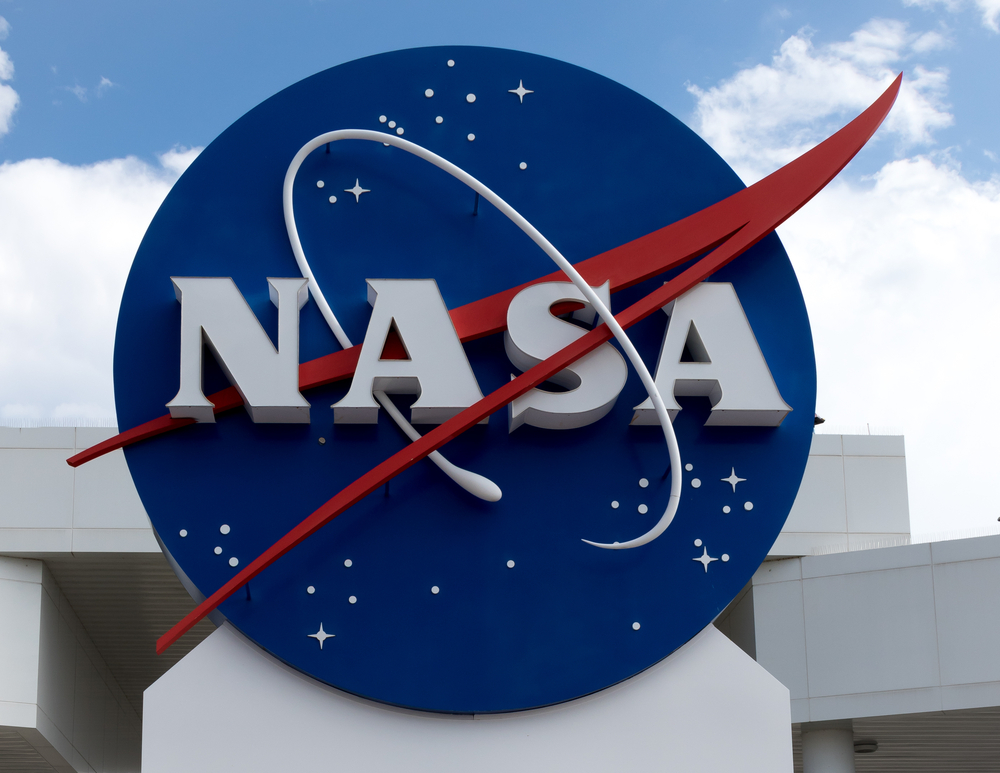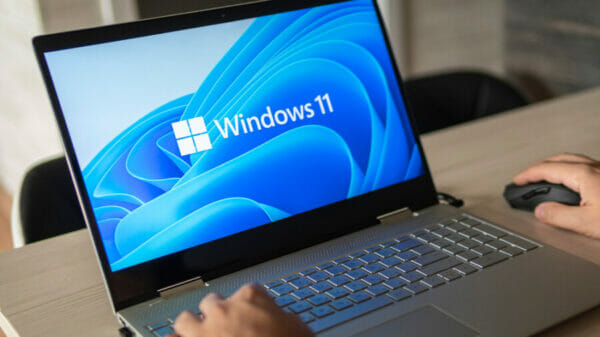Recently, we explored the complexities surrounding timezones and the Moon’s unique timing system. While Earth’s time is Sun-based, the Moon follows a different rhythm due to its relationship with the Sun. As we gear up to revisit the Moon, addressing the timing differences becomes crucial. NASA has now been tasked with creating a lunar time standard shortly after our previous discussion, sparking intrigue about potential readership from the Presidential office.
Grasping Relativity
The intricacy arises from general and special relativity principles. The Moon’s motion and weaker gravitational force compared to Earth cause time to elapse differently on the lunar surface. This translates to an average advance of 58.7 microseconds per Earth day. This time variance fluctuates and undergoes periodic changes.
While seemingly slight, this time divergence accumulates over time, posing substantial implications for precise timing in space-related endeavors. Even if NASA chooses to utilize Coordinated Universal Time (UTC), relativity makes it impractical. Space technologies such as lunar satellite navigation heavily rely on precise timing that accommodates this time dilation effect. For example, GPS functionality hinges on relativistic adjustments, and maintaining this accuracy on the Moon requires accommodating these unique temporal dynamics. Future lunar ventures like commerce and communication will also depend on consistent time standards for smooth operations.
The call to address this predicament has come from the highest authority. A memo from the Executive Office of the President has tasked NASA with devising a standardized lunar time solution by December 31, 2026. This Coordinated Lunar Time (LTC) should synchronize with Coordinated Universal Time (UTC) for seamless coordination between Earth-based activities and lunar undertakings. LTC must supply precise timing for scientific and navigational purposes while ensuring robustness in the event of communication disruptions with Earth systems.
Moreover, the envisioned LTC standard should be adaptable to potential future interstellar missions beyond the Earth-Moon system, where varying relative velocities and gravitational environments will require distinct timekeeping methodologies.
The deadline provides NASA with time to craft a strategy to address this time discrepancy. Nonetheless, a timeframe of under two years is relatively brief for a governmental agency. It is plausible that NASA’s resolution will involve deploying timekeeping apparatus on the Moon to closely monitor time differentials between lunar and terrestrial environments.
While NASA may not need a large time display on the Moon like the US Naval Observatory, the idea is intriguing. Noteworthy individuals like Kevin Coggins, NASA’s space communications and navigation chief, are already tackling the issue. Coggins emphasizes the importance of a reliable timing system on the Moon akin to the atomic clocks at the US Naval Observatory, which synchronize various activities.
Presently, the development of CLT (Coordinated Lunar Time) falls under NASA’s jurisdiction. The venture will necessitate collaboration with the Departments of Commerce, Defense, State, and Transportation, posing logistical challenges in coordinating meetings among these entities.
Introducing new time standards involves considerable expenses, requiring expert insights, substantial research, and cutting-edge equipment. Furthermore, space-grade atomic clocks come with a hefty price tag. Nevertheless, the US government envisions NASA leading the charge among spacefaring nations in establishing a lunar time standard that will enhance future space operations.
Image Source: L Galbraith / Shutterstock















